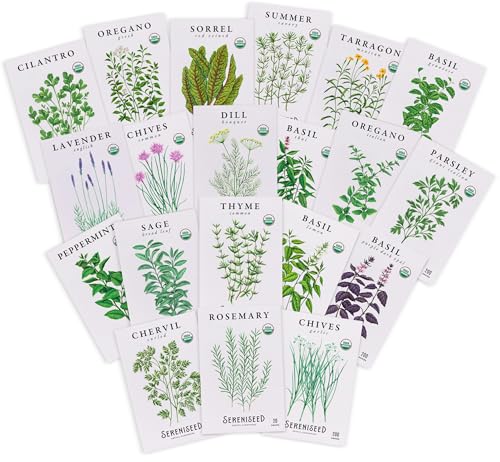Introduction: Garden Pest Control the Natural Way
Stepping into your backyard should feel like a retreat, not an assault. Yet for many homeowners, gardeners, and small-scale farmers across the United States, insects have become an unwelcome problem—from annoying mosquitoes on summer evenings to destructive garden pests that ravage vegetables and ornamental plants.
Most people’s first instinct is reaching for a bottle of chemical pesticide. While these products certainly kill bugs, they come with significant drawbacks: environmental contamination, harm to beneficial insects like pollinators, potential health risks to family members and pets, and long-term soil degradation.
There’s a proven alternative that’s been used for centuries: plants that naturally repel insects. Strategic planting of aromatic herbs and flowering plants creates a living pest management system that protects your garden while beautifying your space, attracting pollinators, and often providing culinary or medicinal benefits.
In this guide, you’ll discover the 10 most effective insect-repelling plants for North American gardens, learn how to cultivate them successfully, and create a thriving outdoor space that stays naturally pest-free.
Why Natural Insect-Repelling Plants Beat Chemical Pesticides
Before diving into specific plant recommendations, let’s explore why incorporating natural pest-repellent plants into your garden strategy makes sense from environmental, economic, and practical perspectives.
Eliminate Harmful Chemical Exposure
Chemical pesticides contain synthetic compounds designed to disrupt insect nervous systems. While targeted toward “pests,” these chemicals don’t discriminate—they harm beneficial insects, can contaminate groundwater, and may pose health risks through direct contact or residue on harvested vegetables. Natural plant-based repellents eliminate these risks entirely.
Support Biological Pest Control
Many insect-repelling plants attract beneficial insects like ladybugs, lacewings, parasitic wasps, and honeybees. These natural predators and pollinators form a self-regulating ecosystem that keeps pest populations in check without intervention.
Enjoy Multi-Purpose Benefits
Unlike a pesticide bottle that serves one function, most insect-repelling plants offer additional value: culinary herbs for cooking, medicinal properties for wellness, fragrant flowers for visual appeal, and nectar for pollinators. Your garden becomes more productive and beautiful while managing pests.
Reduce Long-Term Costs
A one-time investment in plants provides year-round protection (and often multi-year benefits if perennial). Compare this to repeatedly purchasing pesticide products—the economic advantage becomes clear quickly.
Create Sustainable Garden Systems
Building plant-based pest management creates a self-sustaining ecosystem. Rather than depending on external chemical inputs, your garden develops natural balance and resilience against pest pressure.
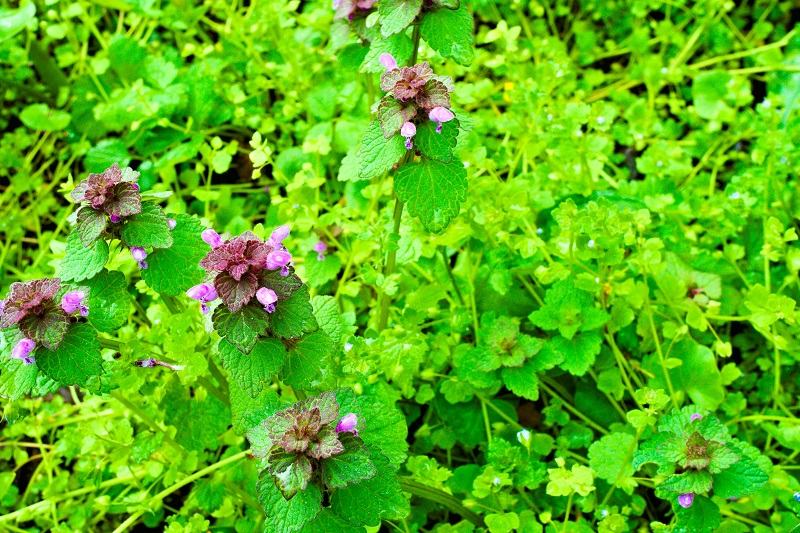
The 10 Best Plants That Repel Insects Naturally
1. Citronella – The Mosquito Fighter
Citronella stands as perhaps the most famous natural mosquito repellent, particularly effective against Aedes aegypti (the species transmitting Zika and dengue fever). The plant’s strong, citrusy fragrance overwhelms mosquito sensory receptors, causing them to seek feeding opportunities elsewhere.
Growing Requirements:
- Sun exposure: Full sun (6+ hours daily)
- Soil: Well-draining, fertile soil with pH 6.0-7.0
- Water: Moderate; allow soil to dry slightly between waterings
- Hardiness: USDA zones 10-11; grow in containers in northern zones and bring indoors during winter
Cultivation Tips: Position citronella plants near patios, doorways, and window screens where mosquitoes commonly enter. Container gardening works excellently for mobility—move plants to high-traffic areas during evening hours when mosquitoes are most active. In cooler climates, treat citronella as an annual or overwinter indoors.
Bonus: The foliage releases a refreshing scent when brushed against.
2. Rosemary – The Multi-Purpose Herb Guardian
Rosemary, a staple of Mediterranean cuisine, repels multiple insect species including mosquitoes, flies, and clothes moths. Its pungent, evergreen foliage contains oils (particularly 1,8-cineole) that insects find unpalatable.
Growing Requirements:
- Sun exposure: Full sun required (8+ hours)
- Soil: Well-draining, sandy or rocky soil; poor fertility acceptable
- Water: Drought-tolerant; minimal watering needed
- Hardiness: USDA zones 8-11; protect or bring indoors in colder regions
Cultivation Tips: Rosemary thrives with benign neglect—it actually performs better when not over-watered or over-fertilized. This hardiness makes it ideal for busy gardeners. Cluster plants near seating areas and entryways. The woody stems dry excellently and can be burned for aromatic smoke that repels insects during outdoor gatherings.
Bonus: Fresh or dried rosemary enhances countless culinary dishes and serves traditional medicinal applications.
3. Lavender – The Elegant Moth and Flea Deterrent
Lavender’s distinctive, calming fragrance masks plant odors that attract moths, fleas, and mosquitoes. This beautiful purple-flowering perennial combines exceptional pest-repelling power with ornamental appeal and proven calming properties.
Growing Requirements:
- Sun exposure: Full sun (8+ hours minimum)
- Soil: Well-draining; prefers sandy, lean soil
- Water: Drought-tolerant; water sparingly once established
- Hardiness: USDA zones 5-9 (most varieties)
Cultivation Tips: Lavender despises wet feet—overwatering is the primary cause of failure. Plant in raised beds or containers with sandy soil amendment for exceptional drainage. Deadhead spent flowers regularly to encourage continuous blooming. Dry lavender flowers retain insect-repelling properties; use in sachet bags for closets and drawers to protect clothing and linens from moths.
Bonus: Lavender provides nectar for pollinators, essential oils for aromatherapy, and dried flowers for decorative arrangements.
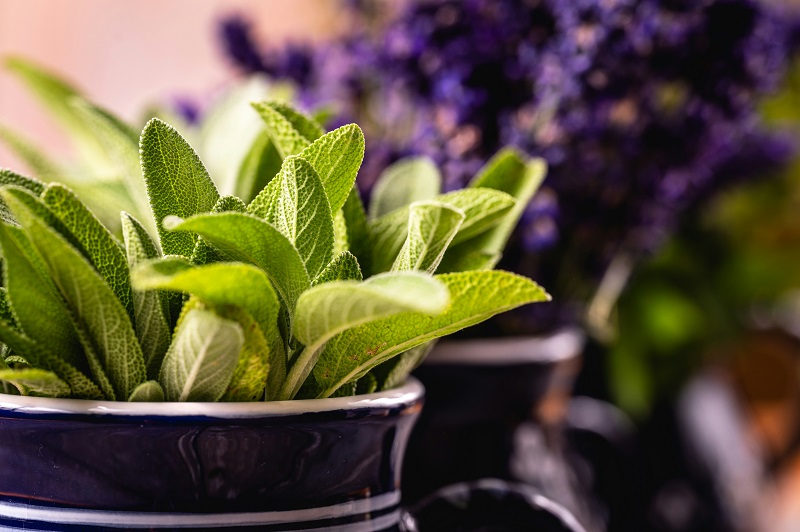
4. Basil – The Fly and Mosquito Controller
Basil’s aromatic compounds, particularly linalool and methyl cinnamate, effectively repel flies, mosquitoes, and certain beetles. This tender annual thrives in warm conditions and produces abundant foliage perfect for harvesting.
Growing Requirements:
- Sun exposure: Full sun (6-8 hours minimum)
- Soil: Rich, well-draining soil with organic matter
- Water: Keep soil consistently moist but not waterlogged
- Hardiness: Annual; frost-tender (plant after last frost date)
Cultivation Tips: Basil reaches peak pest-repelling potency when grown robustly in fertile soil. Position containers near kitchen doors and garden entrances. Plant near vegetable gardens—basil repels common vegetable pests while improving overall garden health. Pinch off flower buds to encourage bushy foliage production. In fall, harvest heavily before first frost and preserve by drying or freezing.
Bonus: Fresh basil is essential for Italian cooking, pesto production, and adds nutritional value to countless dishes.
5. Calendula (Pot Marigold) – The Aphid and Whitefly Blocker
Calendula’s vibrant orange and yellow flowers do more than beautify gardens—they repel destructive pests like aphids and whiteflies. This flower also attracts beneficial insects that prey on garden pests, creating a comprehensive pest management strategy.
Growing Requirements:
- Sun exposure: Full sun (6+ hours)
- Soil: Average to poor soil; overly fertile soil reduces flowering
- Water: Moderate; drought-tolerant once established
- Hardiness: Annual or cool-season perennial depending on region
Cultivation Tips: Calendula self-seeds prolifically—allow some spent flowers to remain for next season’s volunteers. Plant throughout vegetable beds, especially near brassicas (cabbage, broccoli, kale) and squash plants susceptible to pest damage. The edible petals add color and mild flavor to salads and garnishes.
Bonus: Calendula flowers possess traditional medicinal properties and create beautiful dried flower arrangements.
6. Mint – The Ant and Rodent Repellent
Mint’s intensely aromatic foliage repels ants, mosquitoes, rodents, and various beetles through its high menthol content. This vigorous perennial spreads rapidly, requiring strategic containment but providing abundant foliage.
Growing Requirements:
- Sun exposure: Full sun to partial shade (tolerates both)
- Soil: Moist, fertile soil preferred
- Water: Keep consistently moist
- Hardiness: USDA zones 3-11 (varies by species)
Cultivation Tips: Critical: Plant mint in containers or raised beds—never directly in garden soil. This aggressive grower will dominate surrounding plants through underground runner expansion. Position containers near problem areas: patios where ants farm aphids, garden edges where rodents enter, around trash cans that attract flies. Multiple mint varieties (spearmint, peppermint, chocolate mint) each contain slightly different aromatic profiles, providing comprehensive pest coverage.
Bonus: Fresh mint makes refreshing beverages, desserts, and culinary dishes; dried mint stores for extended use.
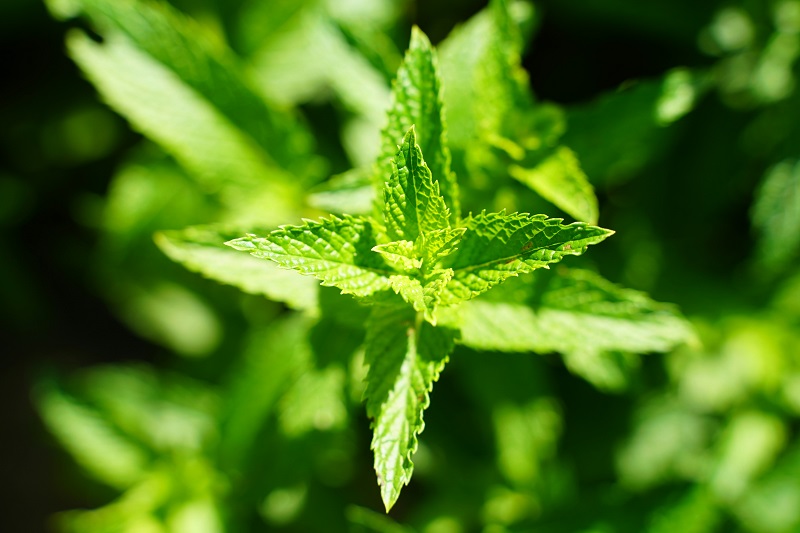
7. Lemon Balm (Melissa) – The Mosquito Retreat
Lemon balm’s fresh citrus aroma masks plant attractants to mosquitoes and other flying insects. This vigorous perennial produces abundant foliage and attracts pollinators despite repelling problematic insects.
Growing Requirements:
- Sun exposure: Full sun to partial shade
- Soil: Average, well-draining soil
- Water: Moderate; maintain consistent moisture
- Hardiness: USDA zones 4-9
Cultivation Tips: Like mint, lemon balm spreads vigorously through rhizomes—contain in pots or confined garden areas. Harvest leaves frequently to encourage bushy growth and maximize foliage production. The plant recovers well from heavy cutting and produces multiple flushes throughout the growing season.
Bonus: Lemon balm creates soothing herbal tea with documented calming properties; fresh leaves add bright flavor to beverages and desserts.
8. Marigold (Tagetes) – The Strong-Scented Nematode Fighter
Marigolds release sulfur compounds from their roots that repel plant-parasitic nematodes, root-eating insects, and flying pests like aphids and whiteflies. Their powerful fragrance (some find it unpleasant) compounds this pest-suppressing effect.
Growing Requirements:
- Sun exposure: Full sun (6+ hours)
- Soil: Average to poor soil; tolerates most conditions
- Water: Moderate; drought-tolerant once established
- Hardiness: Annual
Cultivation Tips: Marigolds demand minimal care—ideal for beginning gardeners. Direct sow seeds after last frost for quickest establishment. Plant throughout vegetable gardens as beneficial companion plants. The flowers self-seed reliably, providing volunteer plants in future seasons. Their presence in vegetable beds measurably reduces soil-borne pest pressure.
Bonus: Edible marigold petals add color and mild spice to salads; traditional cultures use them for medicinal teas.
9. Sage – The Mosquito and Moth Suppressant
Sage’s silvery foliage and aromatic compounds effectively repel mosquitoes, moths, and other flying insects. This drought-tolerant perennial herb provides year-round foliage and ornamental appeal.
Growing Requirements:
- Sun exposure: Full sun required (8+ hours)
- Soil: Sandy, well-draining soil; prefers lean conditions
- Water: Drought-tolerant; avoid overwatering
- Hardiness: USDA zones 5-9
Cultivation Tips: Sage thrives in conditions that challenge many other plants—rocky, sandy, depleted soils. Space plants adequately for air circulation; this reduces fungal issues. Prune regularly to maintain bushy form and encourage new growth. Sage leaves dry beautifully and retain potency for extended periods.
Bonus: Sage is a culinary staple for poultry dishes, stuffings, and savory cooking; also serves important roles in traditional medicine and spiritual practices.
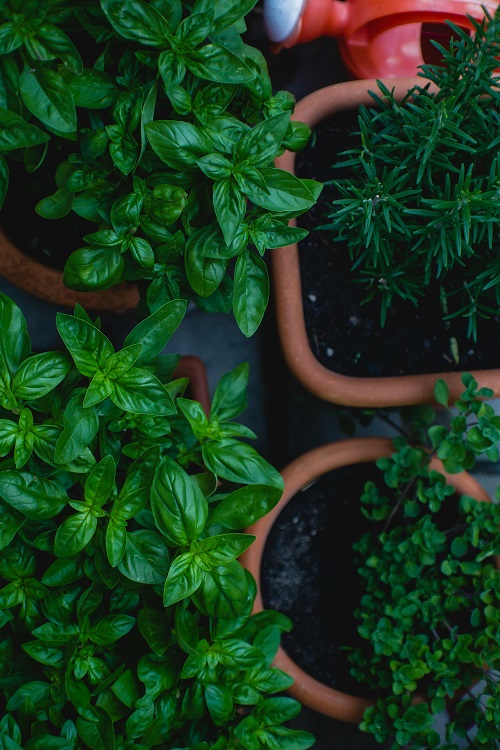
10. Lemongrass – The Powerful Mosquito Deterrent
Lemongrass contains citral and geraniol compounds that strongly repel mosquitoes, flies, and other flying insects. This tall, ornamental grass brings tropical flair while serving as a potent pest deterrent.
Growing Requirements:
- Sun exposure: Full sun (6-8 hours minimum)
- Soil: Well-draining, fertile soil
- Water: Moderate; consistent moisture preferred
- Hardiness: USDA zones 10-11; treat as annual or container plant in northern regions
Cultivation Tips: Lemongrass reaches impressive heights (3-4 feet), making it ideal as a background planting or privacy screen with pest-repelling benefits. In cooler climates, grow in large containers and move indoors before frost. The fresh, citrus-scented foliage releases aromatic oils when brushed against, providing immediate mosquito deterrence. Harvest outer stalks regularly; the plant regenerates quickly.
Bonus: Lemongrass serves as essential ingredient in Asian cuisine; fresh or dried for aromatic teas with documented digestive and calming benefits.
Strategic Garden Planning: Maximizing Natural Pest Control
Simply planting insect-repellent species doesn’t guarantee optimal results. Strategic placement and complementary practices amplify effectiveness:
Position Plants Strategically
Place insect-repelling plants along garden perimeters, near entry points (doors, windows, gates), and concentrated in areas where you spend outdoor time. Container growing allows flexible placement and seasonal adjustment based on pest pressure.
Create Plant Combinations
Different plants repel different insects. Combining multiple species creates comprehensive protection. For example: lemongrass repels mosquitoes, marigolds suppress nematodes, basil controls flies, and sage deters moths. This diversity ensures broad-spectrum natural pest management.
Eliminate Mosquito Breeding Sites
Standing water attracts mosquitoes regardless of repellent plants. Remove water sources: empty flower saucers, clean gutters, drain puddles, and maintain pool chlorination. Even small amounts of accumulated water provide breeding habitat.
Maintain Plant Health
Vigorously growing plants produce maximum aromatic oils and pest-repelling compounds. Ensure adequate sunlight, appropriate watering, and occasional fertilization. Healthy plants perform their pest-repelling function most effectively.
Integrate with Other Pest Management
Insect-repelling plants work best as part of comprehensive pest management: proper garden hygiene, removal of pest-infested plants, encouragement of beneficial insects, and mulching to prevent soil-dwelling pest access.
Getting Started: Your Action Plan for a Naturally Pest-Free Garden
Phase 1: Assessment and Planning (Week 1)
Walk your property identifying problem areas: where mosquitoes congregate, which garden pests cause damage, which plants face recurring pest pressure. Sketch your garden layout and note sun exposure in different areas.
Phase 2: Species Selection (Week 2)
Choose 4-6 plants from the ten listed based on your specific pest concerns, available space, and climate zone. Start with reliable performers like basil, lavender, and marigolds if new to this approach.
Phase 3: Acquisition and Planting (Week 3-4)
Purchase plants or seeds from reputable local nurseries or garden centers. Follow individual growing requirements for sun, soil, and spacing. Container planting provides flexibility for those uncertain about permanent placement.
Phase 4: Establishment and Maintenance (Ongoing)
Water appropriately, remove competing weeds, pinch off flower buds if foliage production is priority, and harvest regularly to encourage bushy growth. Monitor pest pressure over initial weeks—most gardeners notice improvement within 2-4 weeks of establishing plants.
Phase 5: Expansion and Refinement (Months 2-3)
Based on results, expand plantings of species showing strong pest-control results. Add plants addressing remaining pest issues. Adjust placement based on observation of garden pest patterns.
Common Questions About Natural Insect-Repelling Plants
Q: How quickly do these plants reduce pest populations?
Most insect-repelling plants begin showing measurable effects within 2-4 weeks as they grow and release aromatic compounds. Maximum effectiveness develops over 6-12 weeks as plants mature and expand.
Q: Will insect-repelling plants completely eliminate garden pests?
No single solution eliminates all pests completely. However, strategic planting of multiple insect-repelling species creates significant reduction in pest populations—typically 60-80% reduction compared to untreated gardens. Combining with other practices (hygiene, beneficial insects, water management) approaches near-complete control.
Q: Can I use these plants in vegetable gardens?
Absolutely. Many insect-repelling plants serve as beneficial companion plants in vegetable production. Basil, calendula, marigolds, and lemon balm integrate seamlessly into vegetable gardens while improving pest management and providing harvests.
Q: Are these plants safe for pets and children?
Most are entirely safe. However, some ingestion may cause mild stomach upset. Always supervise children around plants, and research specific species if you have pets with known sensitivities. In general, culinary herbs are safe for families and pets.
Q: What’s the best time to plant insect-repelling plants?
Spring (after last frost) works best for most regions and species. Fall planting succeeds in mild climates. Container plants allow planting flexibility throughout the growing season.
Conclusion: Transform Your Garden Into a Natural Pest-Free Paradise
Creating a beautiful, productive garden free from chemical pesticides is entirely achievable through strategic planting of natural insect-repelling plants. These ten species represent proven, accessible options for North American gardeners ranging from complete beginners to experienced horticulturists.
The advantages extend beyond pest control: you’ll enjoy fresh culinary herbs, beautiful flowers, improved pollinator populations, lower input costs, and the satisfaction of building sustainable, chemical-free growing systems. Your garden becomes not just a food-producing or ornamental space, but a thriving ecosystem balancing human needs with environmental health.
Ready to create your naturally pest-free garden?
Your Next Steps:
- Assess your space – Determine which insect-repelling plants fit your garden conditions and pest challenges
- Start small – Plant 3-4 species this season to test effectiveness and gain confidence
- Source your plants – Visit local nurseries for starter plants or order seeds from reputable suppliers
- Implement strategically – Position plants where pest pressure peaks and where you spend outdoor time
- Observe and adapt – Monitor results over 6-12 weeks and expand plantings based on success
Within weeks, you’ll notice fewer mosquitoes during evening gatherings, reduced pest damage on vegetables, and less reliance on chemical solutions. By season’s end, your garden will have transformed into a thriving, pest-resistant ecosystem you’ve built with living plants rather than toxic chemicals.
The most beautiful gardens aren’t those sprayed with poisons—they’re the ones thriving through natural balance, where plants and beneficial insects work together, and where humans step outside without worry of chemical exposure. Start your natural pest-control garden today.




